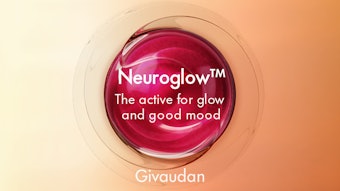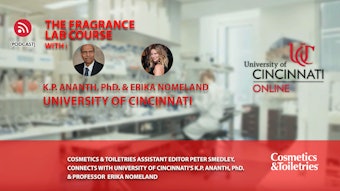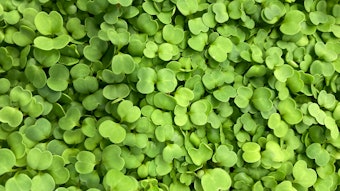Congratulations, the newly developed formulation is near perfect, looks good and smells great. The sensorial panel has given it rave reviews. The “chemical-free” cosmetics scaremongers on the Internet will find it contains only wholesome ingredients. Manufacturing loves it because it almost makes itself, and the accountants cannot believe its low cost. Even better, it contains the company’s latest XY95 ingredient, proven in lab tests to do wonders to the user’s skin. The “9 out of 10 women” test has also been passed, where the old trick of a 10-day scientific “washout” period has been enacted, so that even the simplest formula would have had the panelists saying their skin feels much softer than before.
There is only one piece of information lacking before the company makes millions and a promotion is assured: the result. Unfortunately, an expensive clinical trial with a genuine comparison of the same formulation with and without the active shows no difference. All the improvements came from a placebo effect and those other two well-proven ingredients: oil and water. However the statisticians look at the data, it seems as though the wonder ingredient XY95 is having no effect whatsoever. What could have possibly gone wrong? All the tests were double-checked, so there can only be one conclusion: Hardly a molecule of XY95 made it into the right part of the skin. This scenario is played out countless times throughout the cosmetics industry—a fact known to industry insiders but for obvious reasons, is not loudly proclaimed—and is largely unnecessary. Much wasted effort could be avoided by thinking through the delivery issues beforehand.










